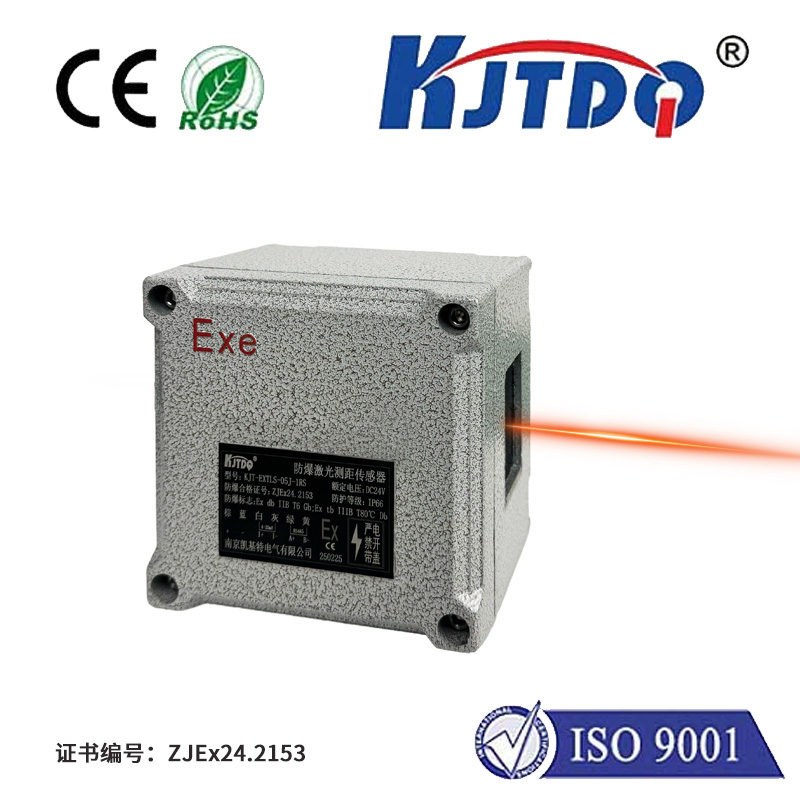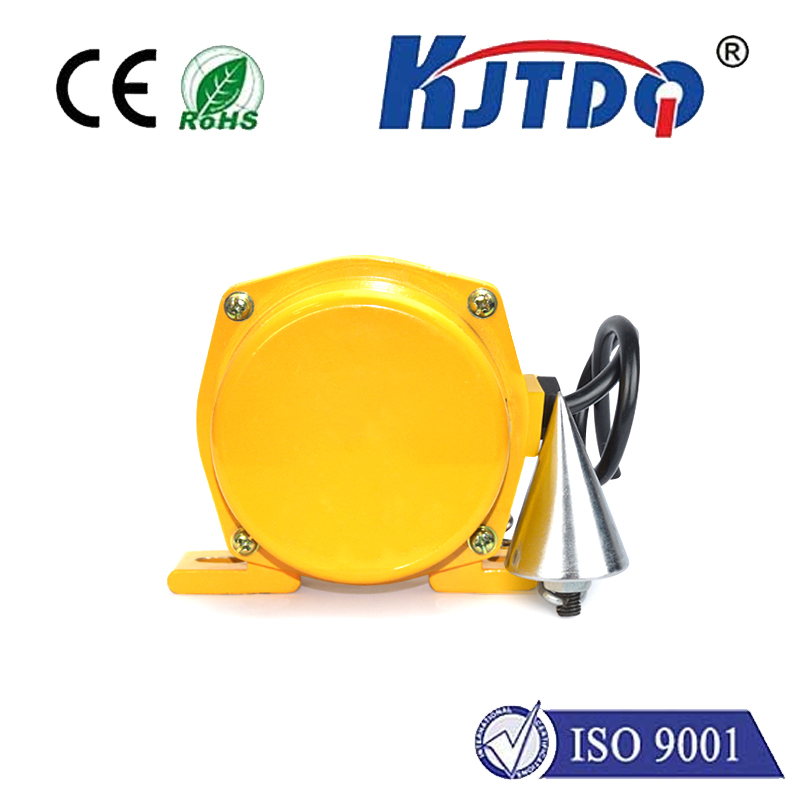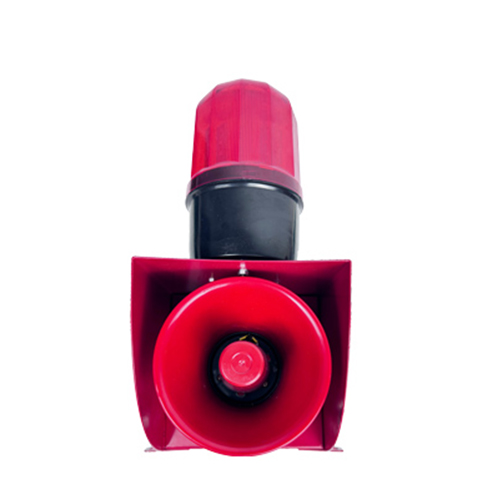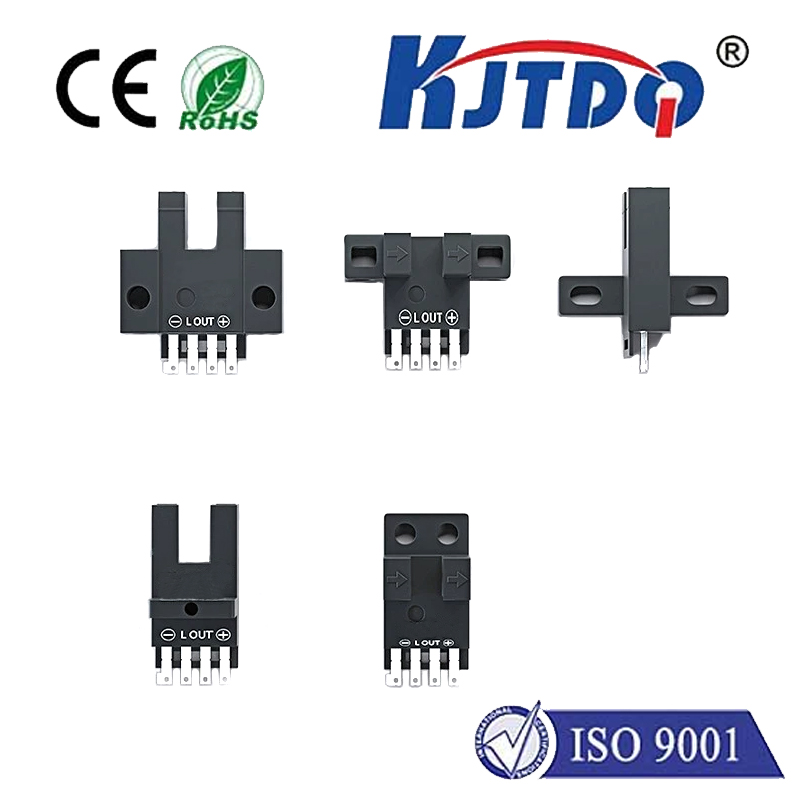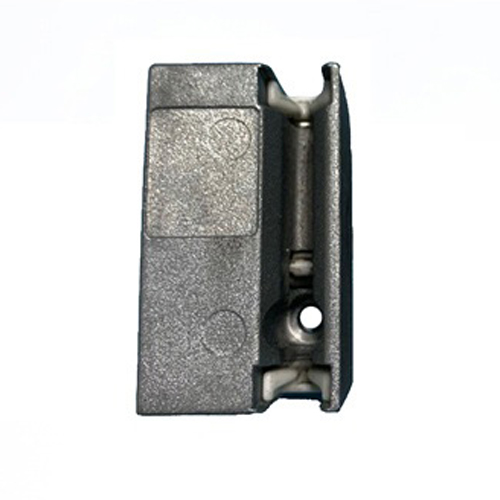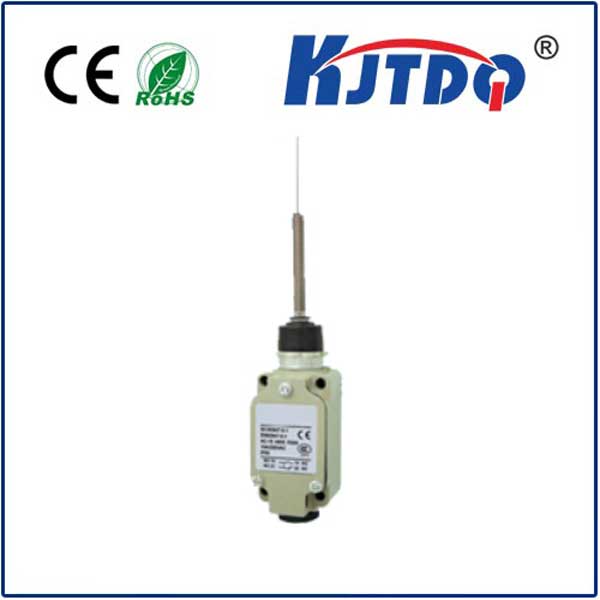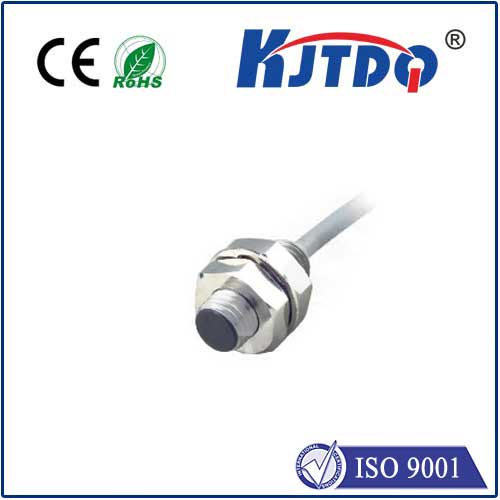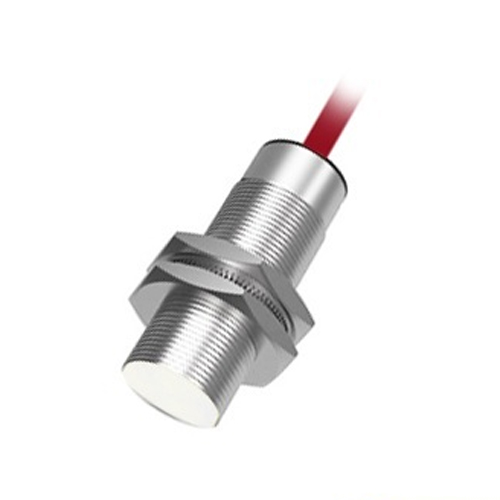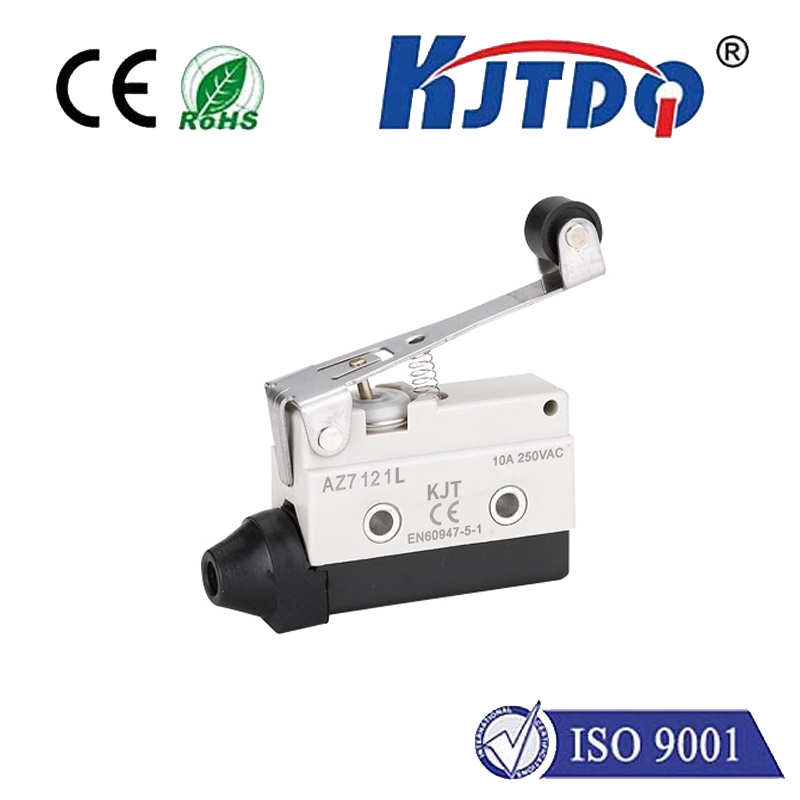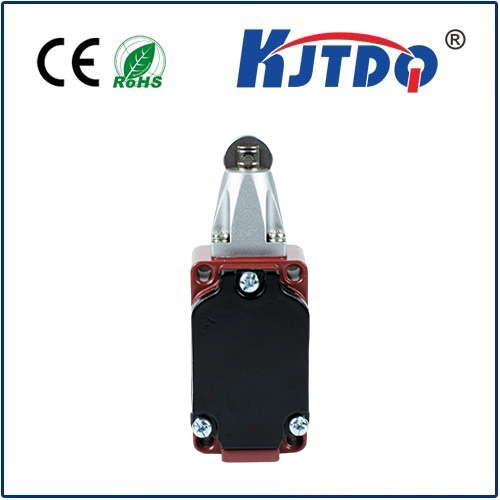

check

check

check

check

check

check

check

check

check

check
Imagine a high-speed bottling line. Clear glass bottles whiz past, filled to varying levels. A digital sensor might simply say “bottle present” or “absent.” But what if you need more? What if knowing the exact fill level, the precise distance of a component on an assembly robot, or detecting subtle variations in translucent materials is critical for quality control and efficiency? This is where traditional on/off sensors fall short, and where the nuanced intelligence of analog photoelectric sensors, exemplified by the robust E3ZM-CR86 from Omron, becomes indispensable. It moves beyond simple detection, offering a continuous stream of data that unlocks sophisticated automation possibilities.
Photoelectric sensors, fundamentally, operate by emitting a light beam (often infrared, visible red, or laser) and detecting changes in the received light intensity caused by the presence, absence, or specific characteristics of a target object. Digital sensors provide a stark, binary output: target detected (light beam sufficiently broken or reflected) or not detected. Analog photoelectric sensors, however, deliver a proportional output signal. The E3ZM-CR86 specifically generates either a 0-10V or 4-20mA output signal. This signal magnitude changes continuously based on the intensity of the light received by its receiver element. Less received light (a distant or low-reflectivity target) results in a lower output voltage or current; more received light (a close or highly reflective target) results in a higher output.

This continuous analog output is the core superpower of the E3ZM-CR86. It provides far richer information than a simple on/off switch:
Designed for the demanding realities of industrial environments, the E3ZM-CR86 boasts features that ensure reliable performance:
Where does the analog photoelectric sensor E3ZM-CR86 truly shine? Its versatility makes it invaluable across numerous sectors:
Choosing the right tool is paramount. If your application demands simple presence/absence detection in relatively stable environments, a standard digital sensor might suffice. However, when your process requires granularity, precision, measurement, or the ability to handle challenging targets like clear materials, the analog output capability of the Omron E3ZM-CR86 photoelectric sensor becomes mission-critical. It transforms a basic detection task into a source of rich, actionable data, enabling smarter control, improved quality assurance, reduced waste, and significantly enhanced operational efficiency. By embracing the continuous feedback offered by this robust sensor, engineers unlock a higher tier of automated process monitoring and control, pushing the boundaries of what’s possible in modern industrial systems.
